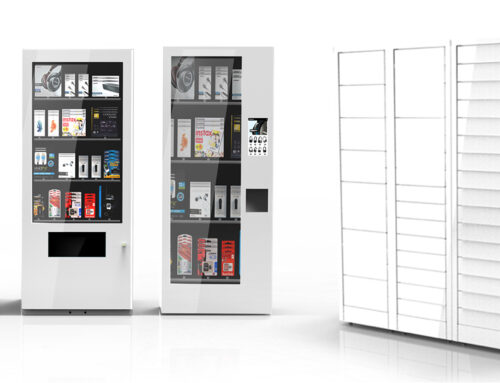3 lessons for the NHS
 McDonalds are world leaders in many fields; quality and consistency of food and service being the most obvious. However, they are also leaders in the adoption of self-service technology, yet they probably do not receive enough credit for transforming the general perception of kiosks and touch screens.
McDonalds are world leaders in many fields; quality and consistency of food and service being the most obvious. However, they are also leaders in the adoption of self-service technology, yet they probably do not receive enough credit for transforming the general perception of kiosks and touch screens.
It’s fair to say that they are trail blazers for the digital technology revolution.
There are 3 lessons that the NHS (and indeed other sectors) can learn from the McDonalds revolution.
To begin with, identify the problem or opportunity you want to address. In McDonalds case, management knew that customer flow and queue management was their biggest problem. More damagingly, there was evidence that many customers would walk through the door, assess the size of the queue, and leave to eat elsewhere if it looked too long. If technology could reduce the walkaways and bring order to and minimise the queues, that would increase throughput and sales.
Secondly, while customers are not all the same, given the opportunity to save time and take control of a process which benefits them, the vast majority will seize it with both hands. If they can avoid standing in a queue by using a touch screen, then they will. And the touch screen does not judge your choice – large fries, no problem! Average basket sizes from kiosk orders were 30% greater than orders placed at the counter. This was an unexpected but welcome added bonus for McDonalds.
The moral here is, don’t be surprised if customers surprise you. Go with it.
Finally, it is debatable if orders from the kiosk are served quicker than orders placed at the counter. But that does not matter – critically, the customer perception is that it’s a quicker and better process. Why? Placing an order is a transactional process which can easily be automated; to most MacDonalds’ customers it does not matter how the order is placed, but the quicker the better. Once it’s placed, the buying psychology changes; customers are prepared to wait because they have been ‘served’, and the following waiting time equates to food prepared freshly and exactly as they like it. The waiting time has moved down their priority list. Understanding how perceptions change through the customer journey is crucial to assess how technology can benefit both the customer and organisation.
 What does this mean for sectors such as Healthcare?
What does this mean for sectors such as Healthcare?
Improving patient flow, queue management and throughput remain huge challenges for the NHS. If you can automate the process and change the perception of the patient as McDonalds did with their customers, everyone wins.
Pinntec is at the forefront of a new initiative within the NHS which seeks to harness digital technology to improve guidance and help simplify the choice for patients, and in doing so provide a better service for everyone.
We combine enterprise software with engineering innovation and specialist equipment design to deliver more self-sufficient patient, visitor and staff journeys, and better resource management.
From new information touch screens, to queue management and guidance systems, and secure dispensing and pharmacy ‘click & collect’ technology, we are helping healthcare providers to improve service and efficiency.
If you want to learn more about our self-service and automation solutions, get in touch…




